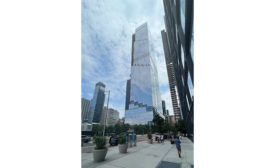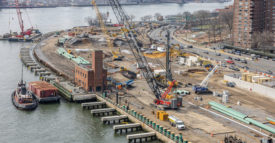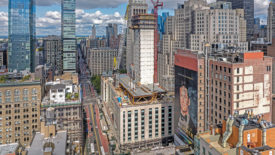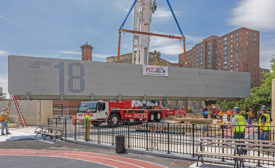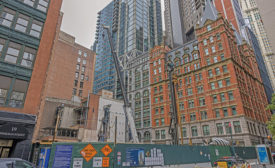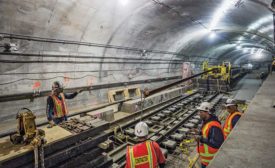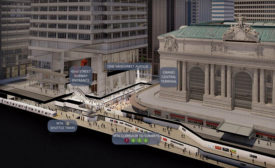Home » Keywords: » Manhattan
Items Tagged with 'Manhattan'
ARTICLES
Massive Demo, Giant Columns Create a Modern New York City Classic
Team demolishes top five floors of One Madison Avenue to transform a Manhattan Art Deco building into a $2.3-billion glass and limestone office tower
Read More
The latest news and information
#1 Source for Construction News, Data, Rankings, Analysis, and Commentary
JOIN ENR UNLIMITEDCopyright ©2024. All Rights Reserved BNP Media.
Design, CMS, Hosting & Web Development :: ePublishing
